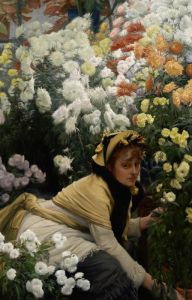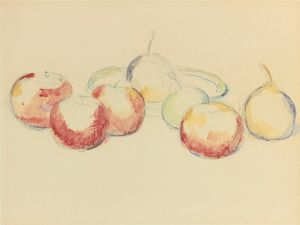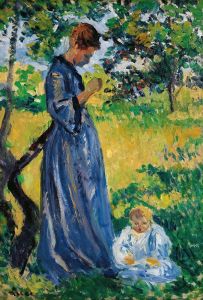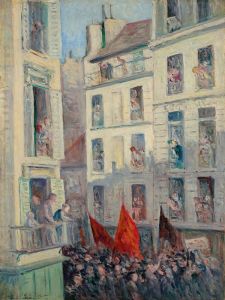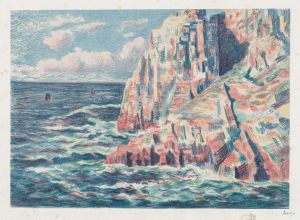
Vase de fleurs
A hand-painted replica of Maximilien Luce’s masterpiece Vase de fleurs, meticulously crafted by professional artists to capture the true essence of the original. Each piece is created with museum-quality canvas and rare mineral pigments, carefully painted by experienced artists with delicate brushstrokes and rich, layered colors to perfectly recreate the texture of the original artwork. Unlike machine-printed reproductions, this hand-painted version brings the painting to life, infused with the artist’s emotions and skill in every stroke. Whether for personal collection or home decoration, it instantly elevates the artistic atmosphere of any space.
Maximilien Luce was a French Neo-Impressionist artist known for his paintings, illustrations, and engravings. Born on March 13, 1858, in Paris, Luce became associated with the Neo-Impressionist movement, which was characterized by the use of pointillism—a technique involving the application of small, distinct dots of color to form an image. This movement was pioneered by artists like Georges Seurat and Paul Signac, with whom Luce was closely associated.
"Vase de fleurs" is one of Luce's works that exemplifies his skill in capturing light and color. While specific details about this particular painting are limited, it is consistent with Luce's broader body of work, which often included landscapes, urban scenes, and still lifes. His still lifes, such as "Vase de fleurs," typically showcase his ability to infuse everyday subjects with vibrancy and life through his use of color and light.
Luce's artistic journey began with his training as an engraver, which provided him with a strong foundation in detail and composition. His transition to painting allowed him to explore the effects of light and color more freely. Luce's involvement with the Neo-Impressionists began in the late 1880s, and he became an active participant in their exhibitions. His work was well-received, and he became known for his ability to depict the nuances of light and atmosphere.
"Vase de fleurs" likely reflects Luce's interest in capturing the ephemeral beauty of nature. Still lifes of flowers were a common subject for many artists, allowing them to experiment with color and form. In Luce's hands, such subjects were transformed through his meticulous application of paint, creating a sense of depth and luminosity.
Throughout his career, Luce remained committed to the principles of Neo-Impressionism, even as the art world evolved around him. His dedication to the technique of pointillism and his exploration of light and color continued to define his work until his death in 1941. Luce's paintings, including "Vase de fleurs," are celebrated for their vibrant color palettes and their ability to convey a sense of movement and life.
Luce's legacy is preserved in numerous collections around the world, and his works continue to be studied and appreciated for their contribution to the Neo-Impressionist movement. While "Vase de fleurs" may not be as widely known as some of his other works, it remains an important example of his artistic style and his ability to capture the beauty of the natural world through the lens of Neo-Impressionism.





